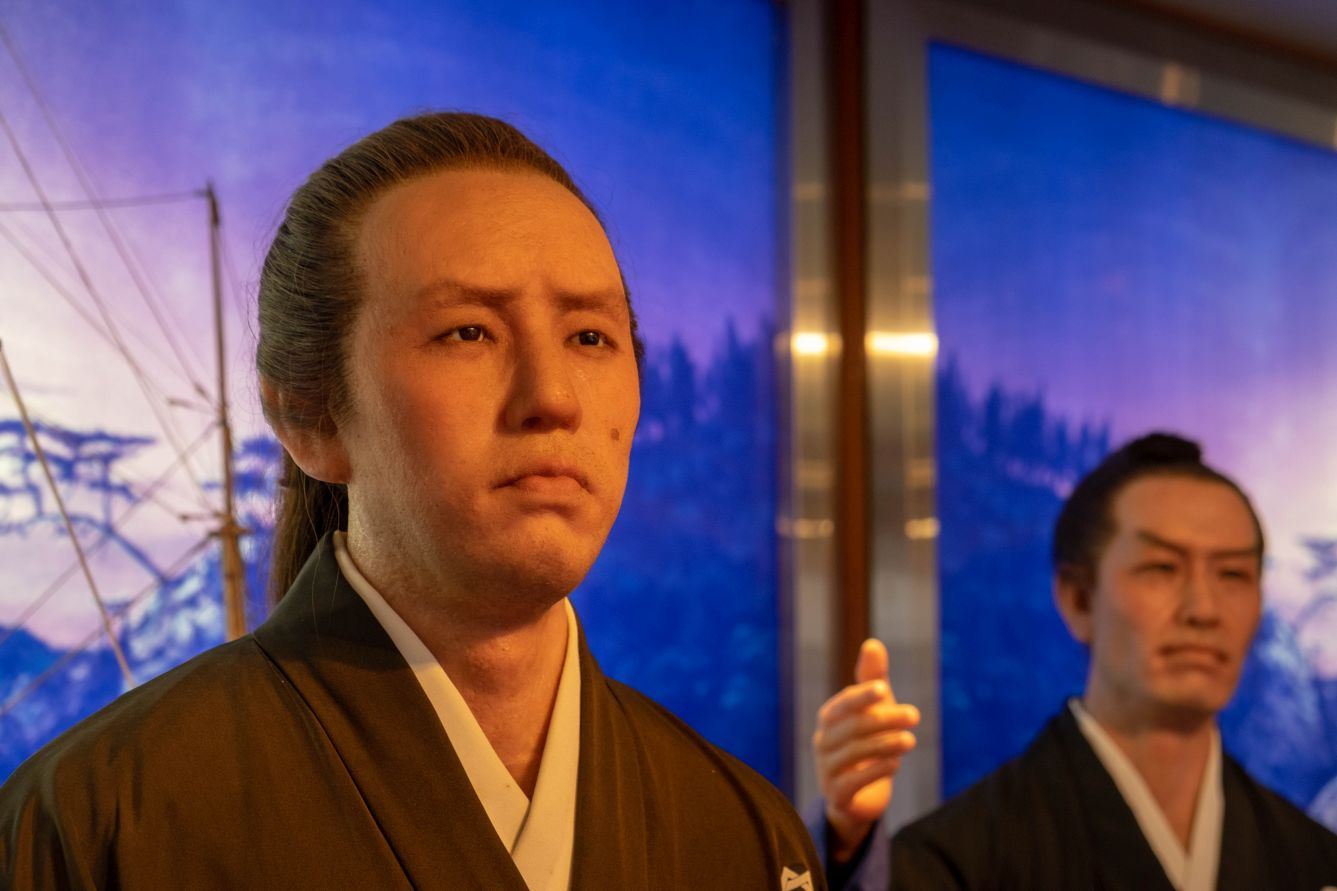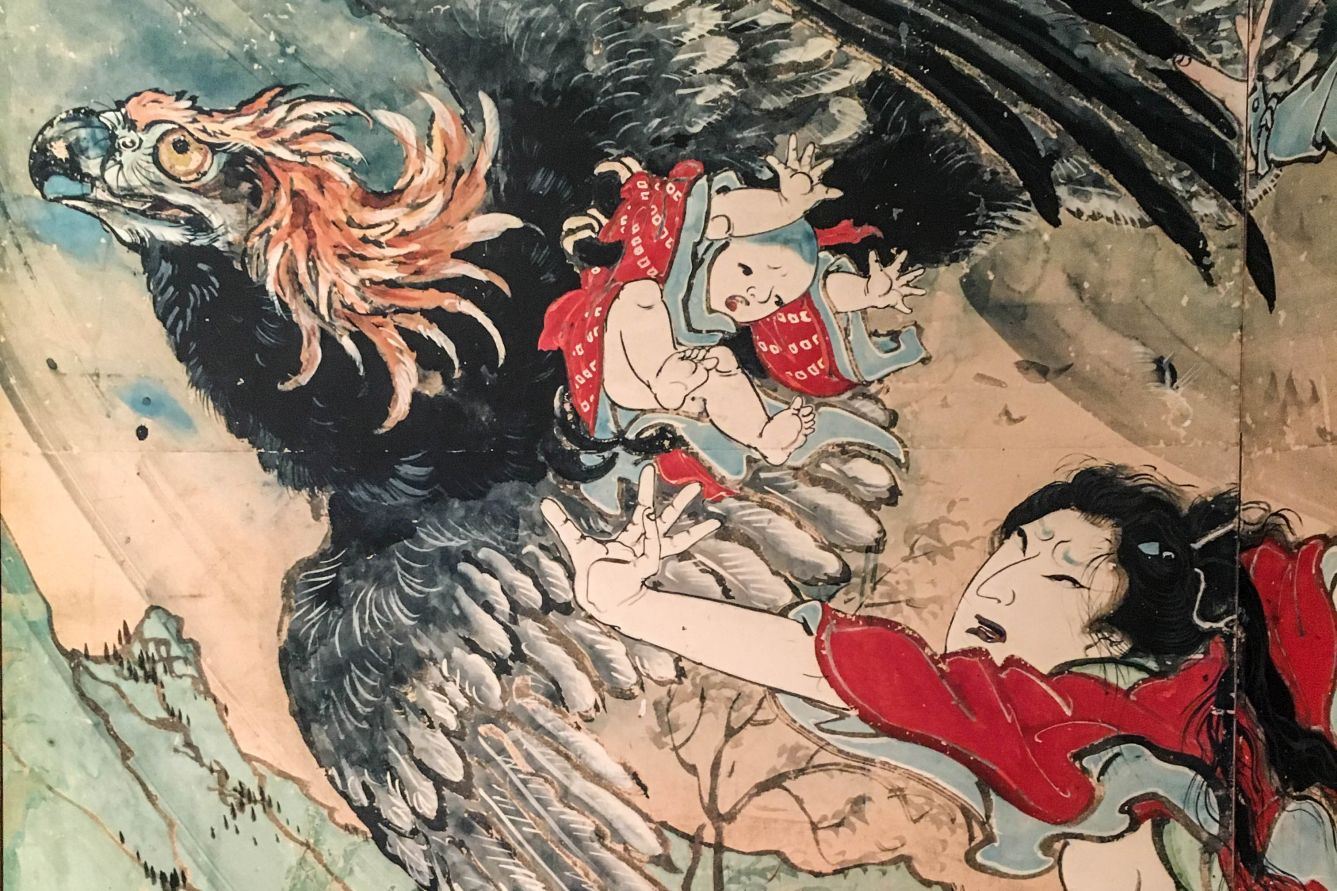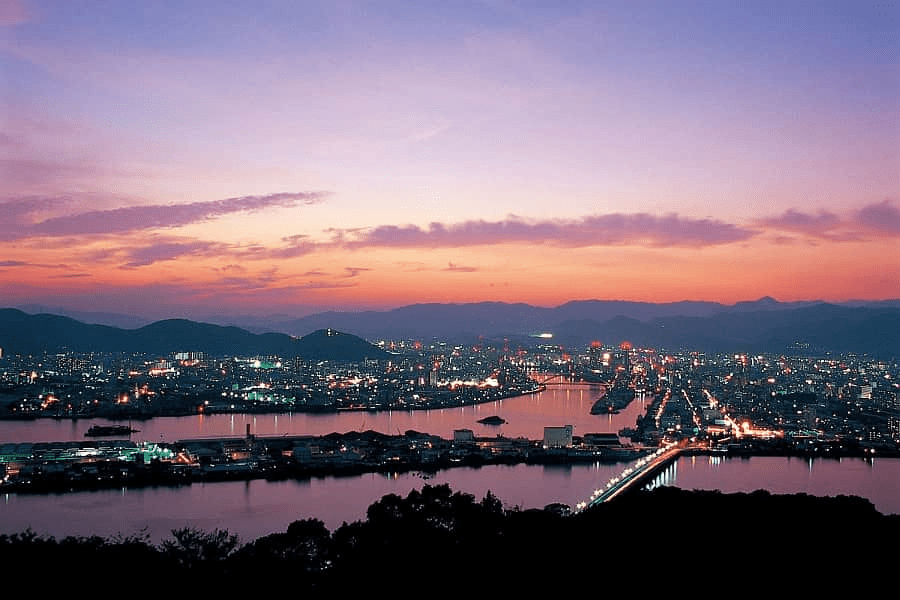Hirose Kinzō “Ekin”
Home » Hirose Kinzō “Ekin”
Hirose Kinzō “Ekin”
Name In Japanese: 弘瀬金蔵「絵金」Pronunciation: hirose kinzō “ekin”
Period: 1812 to 1876
Hirose Kinzō was an ukiyo-e artist from the late Edo period to the Meiji era.
He changed his name more than ten times in his lifetime, but he’s commonly known by the name of Hirose Kinzō, and is nicknamed Ekin, mainly in Kōchi Prefecture.
He was born in 1812 in Kōchi, the son of a hairdresser named Kikura. Later he became the adopted child of a doctor and named himself Hirose. In the castle town, he enjoyed a reputation as an artist from his childhood, and at age sixteen, he went to study under the painter Maemura Tōwa at the Tosa clan residence in Edo. He also studied under the Shogunate painter Kano Masunobu who led his own school. He took three years to complete a course of training that normally took ten years. He returned to Kōchi under the name of Hayashi Toi, and at the age of twenty, he became a painter of the Tosa domain’s chief retainer.
However, he was accused of counterfeiting work by Kano Tan’yu and was dismissed. As further punishment, he was banished from his residence by the domain, and was excommunicated by the Kano faction. At that time, many of the ink paintings he worked on as a domain-sponsored painter were burned. It isn’t clear whether he actually counterfeited the work in question. Some have argued that copies of that Ekin made for practice fell into the hands of second-hand dealers, and that he was falsely accused by local people who envied his rank as official painter. Surviving works from this time are markedly different from the unconventional paintings completed during his exile.
Little is known about his life after he left the vicinity of Kōchi Castle and purchased the Hirose surname from a town doctor. He settled in Akaoka in Kōnan with the help of an aunt, calling himself Town Painter Kinzō. He used a sake brewery as his studio. It’s suggested that he liked to drink.
At the request of local farmers and fishermen, he painted storyboards, lanterns, votive tablets and kites. He was nicknamed Ekin, or Painter Kin. The grotesque, vernacular, and bloody storyboards he produced in this period were especially popular. The scenes with their amusingly imaginative viewpoints seem to anticipate today’s manga.
After restoration of imperial rule, he went back to live in Kōchi. From 1873, he suffered paralysis of his right hand, but he continued painting with his left hand.
He died on March 8, 1876, age 65. When his wife died in 1879, a grave was erected at a temple in Azono in Kōchi city. According to the tombstone, Ekin’s disciples numbered in the hundreds, and more than a dozen are known. Today, more than 200 painted screens in the style of Ekin have been confirmed, suggesting their popularity in this area.
Ekin became nationally known in 1972 when his art was used as the opening scene for a historical drama on TV. The Tosa Akaoka Ekin Festival is held in July each year in Akaoka. At this summer festival, families who own them display folding screens painted by Ekin. His works are also on permanent display in Kōnan at the Ekin Museum in Akaoka and at ACT Land.
Related Tours

Experience the most beautiful and interesting temples of the Shikoku Pilgrimage in seven days.

A tour for families or friends, staying in the most characterful kominka and ryokan of Shikoku.

Visit the most beautiful and interesting temples of the Shikoku Pilgrimage and walk the toughest trails.



